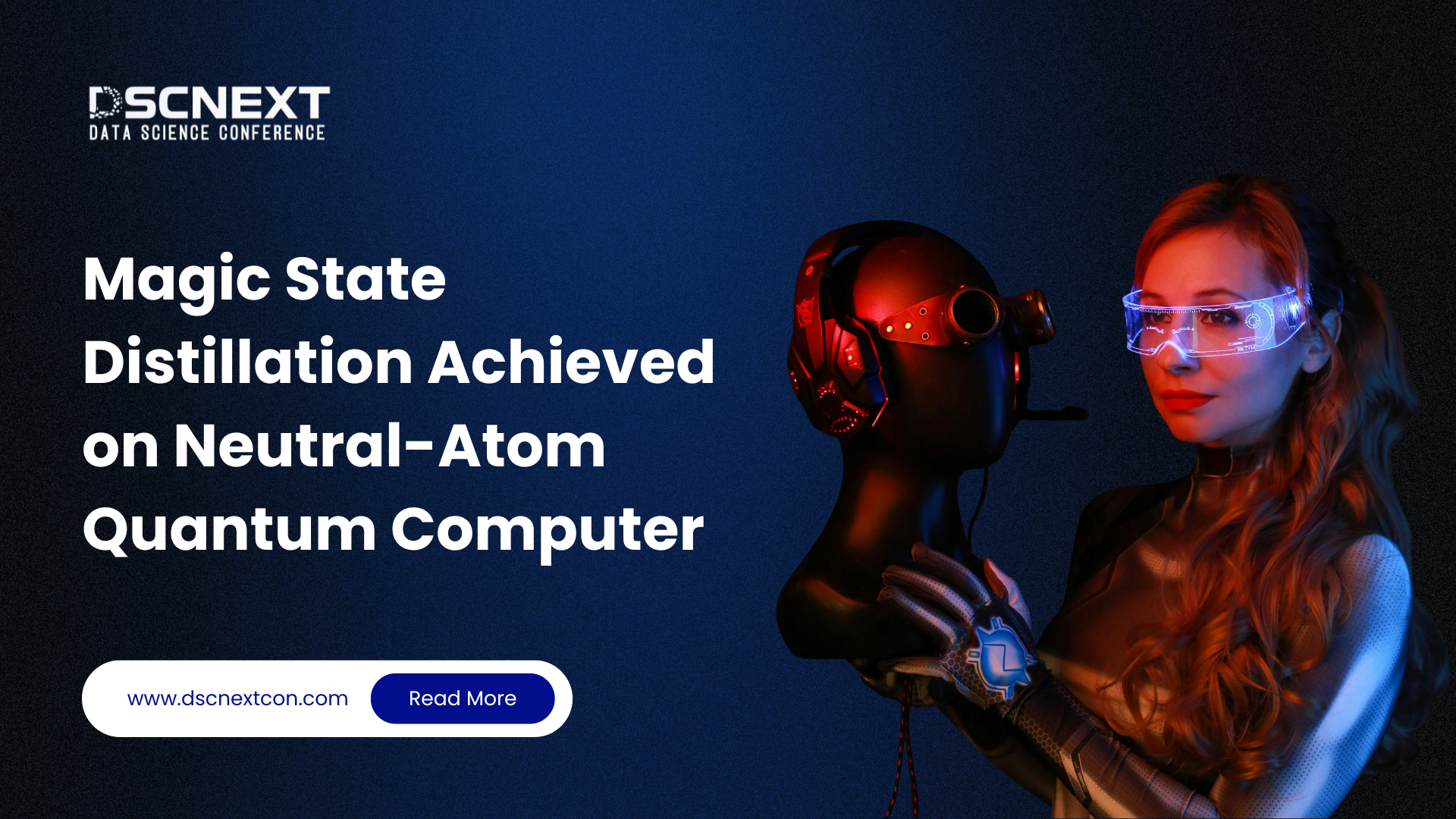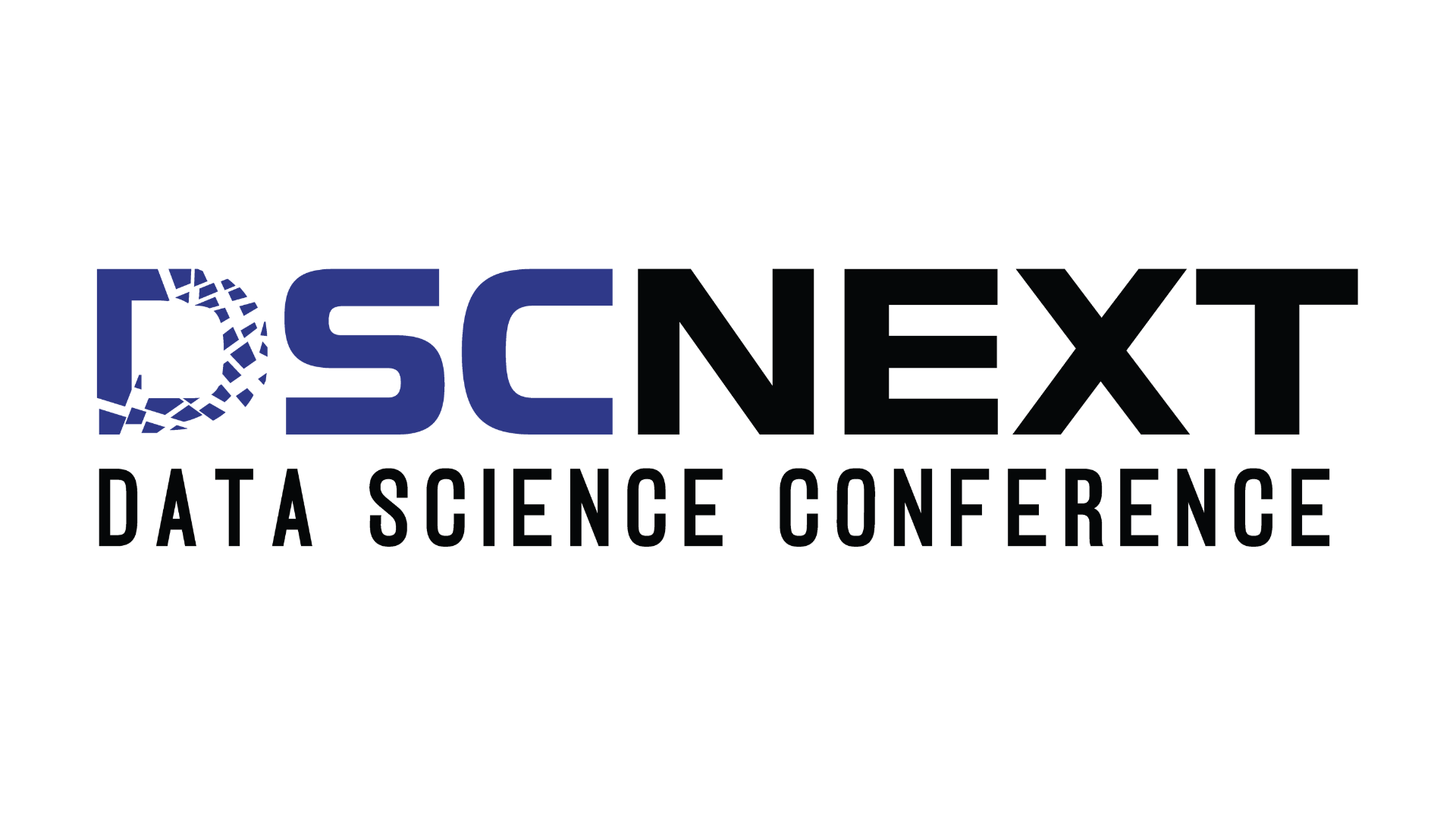
QuEra, Harvard, and MIT achieve the first logical-level magic state distillation on a neutral-atom quantum computer—advancing fault-tolerant quantum computing.
A landmark moment in quantum computing has arrived. In a groundbreaking collaboration, researchers from QuEra Computing, Harvard University, and MIT have achieved the first logical-level magic state distillation on a neutral-atom quantum computer—marking a critical advance toward fault-tolerant, universal quantum computation.
What Was Accomplished?
The team implemented a 5-to-1 magic state distillation protocol, in which five imperfect logical magic states were processed to yield one high-fidelity logical magic state—a version significantly better than any of the inputs.
Crucially, this process was carried out entirely within the logical (error-corrected) layer, meaning the quantum information was protected by quantum error correction throughout. This represents the first-ever demonstration of such distillation on any quantum hardware platform.
Why It Matters
Magic states are essential for universal quantum computing. They enable non-Clifford operations—those beyond the capabilities of standard Clifford gates—necessary to solve complex, real-world quantum problems.
Until now, magic state distillation had never been realized in a logical, error-corrected space. By closing this gap, the team has resolved a major bottleneck in the path to fault-tolerant quantum computing.
How It Was Done
The experiment used QuEra’s Gemini—a neutral-atom quantum computer known for its reconfigurable atom arrays and precise control mechanisms.
Logical qubits were encoded using distance-3 and distance-5 color codes, a method for robust error correction.
A three-layer distillation circuit was employed, using transversal Clifford gates and dynamic atom transport to enhance fidelity.
The system featured:
Parallel logical encoding
Dynamic reconfiguration
Simultaneous operation of two magic state factories
Four logical syndrome qubits to track and verify the process
This not only confirmed the feasibility of the approach but also demonstrated the scalability and flexibility of neutral-atom architectures.
What’s Next?
This milestone proves that fault-tolerant quantum techniques are no longer just theoretical. By enabling high-quality magic state distillation entirely within the protected logical space, the demonstration lays the groundwork for executing full quantum programs in a fault-tolerant manner.
As QuEra notes:
“Generating high-quality magic states within the error-corrected layer unlocks the possibility of executing full quantum programs entirely within the protected logical space — a crucial capability for scaling to practical quantum applications and enabling universal, fault-tolerant quantum computing.”
With this achievement, QuEra and its academic collaborators firmly establish themselves at the forefront of quantum hardware development. Their success highlights the promise of neutral-atom architectures in building the scalable quantum computers of tomorrow.
Looking Ahead: DSC Next 2026
The excitement doesn’t stop here. The implications of this breakthrough are expected to ripple through upcoming events like DSC Next 2026—a premier data science and quantum tech summit where such pioneering research will likely be showcased and discussed. Keep an eye out as the industry accelerates toward the age of universal, error-corrected quantum computation.
References
1. QuEra Computing – Official Site
3. Magic State Distillation – Quantum journal


